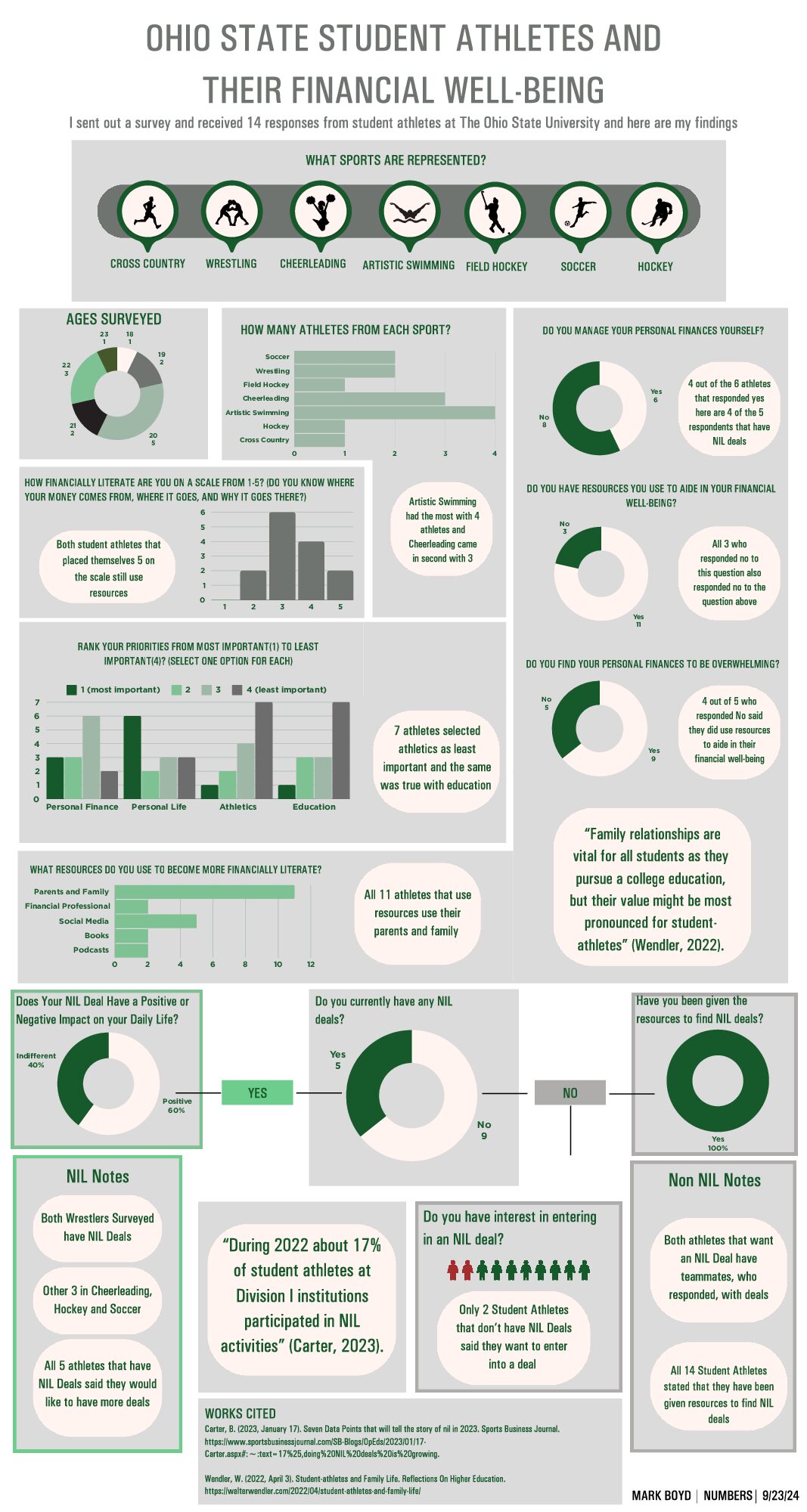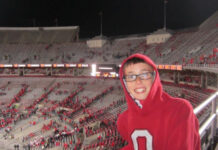The Deal with Distracted Driving
There has never been any doubt about how dangerous driving can be while under the influence. What may seem less apparent, but just as destructive, if not more so, is distracted driving. This can range from smartphone use, glancing back and interacting with passengers in the car. Innocuous activities such as putting on chapstick, swatting a fly, or wiping a smudge off your window can happen at any time, and mere seconds looking away from the road can have devastating consequences. Despite current methods on the market for combating it, technology such as Siri and laws that prohibit texting while driving are not cutting back on the staggering amount of injuries and deaths that occur everyday. There is a major need for a new approach to spearheading this problem, and the sooner the better.
The most concerning part of this issue, is that nothing is effectively preventing people from texting, calling, and surfing the internet while on their daily commutes and running errands. There are plenty of methods to prevent people from using their smartphones in the car such as putting the phone on “do not disturb mode”, turning the phone off, or putting the phone somewhere out of reach, such as hiding it away in the glovebox. Apple is releasing the “Do not disturb while driving mode”, also known as the DNDWD mode with iOS 11. However, nothing is stopping the user from tricking the device into recognizing them as a passenger, or simply deactivating the mode. If a person wants to use their phone while they are driving, there is simply nothing stopping them if they genuinely want to do so. In my opinion, it is futile to try coming up with more ways to stop people from accessing their smartphones while driving. I believe it is worth investing in ways to reimagine the ways in which smartphones, cars, and drivers can coexist in a safe manner. Since it appears nearly impossible to prevent phone usage while driving, cars need to be smarter in order to allow users to make calls or message others, while still keeping their eyes and their focus centered on the road ahead of them.
Some of the simplest pain points, are turning into the biggest dangers. When the album a person is listening finishes the last song, there is an instant temptation to put something else on. For others it can be a fussy child in the backseat beginning to scream once they drop their favorite toy under the seat. Accidents happen, such as when piping hot black coffee gets spilled on a brand new, white blouse while on the way to a job interview. There are far more distractions on the road than simply texting or Facetime. There is a need for more intelligently designed interiors of cars for drivers to be able to navigate the roads in a safer manner. Obviously there may not be an obvious solution to pets or young children causing a scene in cars. However, there are much more controllable factors that can be reworked by rethinking the way in which cars are driven in this modern age. By preparing for the unexpected events on the road, the expected ones can become managed in a safer manner.
One of the most dangerous parts of distracted driving is that not only are those who participate in it endangering their own lives, but also the lives of those around them. Other vehicles, pedestrians walking by, and the passengers in their own cars are all at risk due to one individual neglecting to pay closer attention. These issues concern anyone with a driver’s license, and frankly anybody who does not have one because everyone is at risk when there are distracted drivers on the road.
After talking to law enforcement, it has become evident that the texting and driving bans are not as effective as local government would like them to be. People are getting craftier about how they disguise phone usage and driving, which in turn may make it even more dangerous. If a person holds their phone down between their legs to text, as opposed to holding it upward at steering wheel height, it can further distract the driver and increase their risk for crashing and causing an accident. Placement within the car’s interior can be reworked to better accommodate the age we live in, where smartphones run most people’s lives.Something I found out while conducting my own research, is that it is still illegal to text while stopped at a redlight. If a person’s smartphone could understand the laws that govern smartphone usage while driving better than people do, then simply having informative apps are already a step in the right direction.
I believe a simple solution would be to redefine the dashboard, and location of essential buttons and settings within the car. Having a vast array of knobs and switches on the center console can leave the driver frustrated and confused when trying to adjust cruise control or bluetooth settings while on the road. If they cannot find, or figure out the proper button they are looking for, then their eyes will be off the road for as long as that takes them. If there could be a better way of mounting or projecting this essential information right in front of the user and surrounding where their typical gaze is, then less drivers will have to take their eyes off of the road. Steering wheels also house many buttons for different settings and options within the car. A redesign of the steering could very well lend itself toward absolving distracted driving. The driver’s hands are meant to be on the steering wheel, and so happen to be placed there more often than not while driving. If the steering wheel is smarter and more adjusted toward the technology is used in tandem with smartphones, less distraction would take place if driver’s hands remain where they are meant to be. Implementing voice assisted technology such as Siri and CarPlay are certainly helping drivers keep their eyes off of their phones, but they simply do not have the same capabilities of physically handling the smartphone and operating it with the user’s hands. Either these systems need to advance, or a new solution must be implemented.
Through my research conducted in the fields of science and technology, business, art, and more focused dives into this specific topic, I have identified major pain points in the current methods for combating distracted driving. After making informed conjecture proposals, I will continue to refine my concepts and find the best way to solve this problem.




